NEWS : Cortana explained: How to use Microsoft's virtual assistant for business
CORTANA is a voice-enabled virtual assistant developed by Microsoft to help Windows 10 users initiate requests, complete tasks and anticipate future needs by surfacing relevant data in a personal context. Since CORTANA'S RELEASE ON WINDOWS 10 in January 2015, the technology has evolved to SUPPORT ANDROID AND IOS DEVICES, Xbox, the Edge browser, Windows Mixed Reality headsets and third-party devices such as thermostats and smart speakers. According to Microsoft, Cortana is currently used by more than 148 million people.
“Cortana is always looking out for you, remembering things so you don’t have to, proactively suggesting things you might need to do and helping you do more with less effort,” said Kiesha Clayton, senior communications manager at Microsoft.
However, Microsoft’s ability to compete in the increasingly competitive voice assistant market is being tested by rivals with deep pockets and big plans. Amazon, Google and to a lesser extent, Apple, are all adding valuable features to their own voice-activated assistants, increasing interoperability and enabling more complex commands and scenarios. The battle for what many see as the next frontier for computing – and a superior method for interacting with software and hardware – has become fierce. Almost every connected device SHOWCASED AT CES 2018 in January was equipped with Alexa, Google Assistant or both.
“Like its counterparts, Amazon Alexa and Google Assistant, Cortana can be described as the next stage in human-computer interaction,” said Raul Castañon-Martinez, senior analyst at 451 Research.
How Cortana works
“Most of Cortana’s use cases today remain pretty simple,” said J.P. Gownder, vice president and principal analyst at Forrester. Conducting searches and booking meetings or to-do reminders with contextual information about the user’s calendar are common functions, but MICROSOFT OFFERS BUILT-IN BENEFITS for users most heavily committed to its platforms.
“Cortana appears to have very competitive technology in terms of how it performs against Amazon's Alexa or Google Assistant,” Gownder said.
According to Clayton, Microsoft’s position is unique because of the breadth of productivity and intelligence assets it can leverage behind Cortana’s capabilities. Office 365, Outlook.com, LinkedIn, Bing, speech recognition technology and the Microsoft Graph, a developer platform that CONNECTS VARIOUS SERVICES AND DEVICES, all contribute to Cortana and help the technology improve as it learns more about user needs.
Companies can also extend Cortana’s skills by integrating valuable business data into MICROSOFT DYNAMIC 365, MICROSOFT AZURE and building a custom analytics solution with CORTANA INTELLIGENCE.
“The biggest benefits Microsoft brings to the table is integration with Windows and Office, arguably the worker’s tools of choice,” said Patrick Moorhead, president and principal analyst at Moor Insights and Strategy. “Adding Dynamics and LinkedIn integration adds yet another dimension. With Cortana, office workers can set up meetings and reminders with their voice and, based on what [they’ve] said in emails, remind [them] to do things automatically.”
Cortana is also designed to hand off work between PC, tablet and phone in a “fluid way to keep the worker in the moment,” Moorhead said.
For these reasons and others, Castañon-Martinez sees Microsoft as “ahead of the curve” in the enterprise. Microsoft’s deep roots in productivity and business create some naturally embedded strengths in Cortana and the uniquely contextual skills it can build for professionals. “[Cortana] is integrated with Windows 10 and Microsoft productivity applications, which translates into a significant footprint in the enterprise,” he said.
“The integration … goes far beyond the convenience of interacting with devices via voice commands,” Castañon-Martinez said. “There are many capabilities – including search, machine learning, natural language understanding – behind the scenes that will enable employees to automate workflows with an increasing degree of complexity.
Microsoft’s tightly integrated business communications and collaboration apps like Skype for Business and Teams “can change how we interact with computing devices to get work done and can have a significant impact in productivity,” Castañon-Martinez said.
Cortana's key features
With access to data on device and in the cloud, Cortana serves as a smart hub of sorts, connecting a user’s needs to relevant data and adding context to daily tasks. Users can create reminders based on time and location, and Cortana will automatically suggest reminders when the service is connected to Office 365, Outlook.com or Gmail. (It recognizes a commitment the user makes via email, for example.)
In late 2017, Microsoft added more accessibility features. It can now read an overview of new emails or read high-priority emails from specific people and allow the recipient to dictate replies by voice. Cortana can also help users find the best time for a meeting with someone in their company – all using voice commands.
Cortana’s other core features include making lists, pulling helpful information from LinkedIn like the professional backgrounds and company details for participants in an upcoming meeting, and creating a leisure planner that tracks upcoming travel reservations and recommends activities.
Microsoft is continually bringing more capabilities to Cortana through the CORTANA DEVICES SDK and the CORTANA SKILLS PROGRAM, which has the support of dozens of developers and third-party vendors including Spotify, Fitbit, Expedia, Dark Sky, OpenTable and others.
“You can expect Cortana to continue to grow across devices and platforms and deliver new skills and capabilities through our third-party partners, both in the enterprise space and consumer space,” Clayton said. “We look forward to bringing additional productivity and work scenarios to Cortana in the near future.”
How Cortana compares to rival assistants
Because Cortana is part of Windows 10, the voice assistant has the “largest footprint in the market,” and Microsoft is now trying to “maintain its market dominance by leveraging this footprint,” Castañon-Martinez said. “On the other hand, the fact that users have Cortana does not necessarily mean they are using it; in fact, many might not even know it is available on their devices.”
Moreover, despite its inherent advantages, Cortana is still “punching below its weight in the market,” said Gownder. “PC makers like HP, Lenovo, and Acer plan to integrate Amazon's Alexa into a number of Windows 10 laptops and desktops this year -- a bad sign for Cortana, which is available on all Windows 10 PCs.”
At CES, SEVERAL MAJOR PC MAKERS TALKED UP ALEXA SUPPORT AS A SELLING POINT. The list of devices already launched with Alexa support includes HP’s PAVILION WAVE PC; Acer’s Aspire, Spin, Switch and Swift notebooks; Asus’ 2018 ZenBook and VivoBook laptops; and Lenovo’s Thinkpad X1 Carbon and Yoga devices.
Microsoft is also lagging behind Amazon’s ecosystem of Alexa Skills, which boasts the LARGEST CATALOG AMONG VOICE ASSISTANTS today. Meanwhile, Google is making a huge investment in promoting Google Assistant and its Google Home device, as was evident at CES 2018. “Cortana is only available on niche dedicated speaker hardware and doesn’t have the mindshare of Amazon’s Alexa,” Gownder said. “Microsoft would need to invest more in creating an ecosystem of partners, hardware options, and workplace use cases to truly compete.”
From a technical perspective, Microsoft is on level footing with Google and Amazon, “but it faces an uphill climb battling Siri, Alexa and Google,” Castañon-Martinez said, especially for home devices. A recent survey by 451 Research showed that Amazon is the frontrunner among respondents intending to buy a smart speaker (38%), followed by Apple’s just-released HomePod (28%).
That matters because technology adopted first at home tends to make its way into the workplace, just as the iPhone gave birth to the BYOD movement a decade ago. “This familiarity will likely influence user adoption in the enterprise,” Castañon-Martinez said.
Despite Cortana’s challenges in the overall market, Moorhead still considers it to be the “digital assistant for workers.”
Being governed by all the same data security protocols as Office 365 is one of its biggest differentiators for the enterprise, he said. “Alexa, Siri and [Google Assistant] are optimized for consumers, not for the enterprise,” he said. “Do you really want to attach your work email, address book and calendar to Assistant through Google Home?”
How to disable Cortana
Users concerned by the amount of personal information Cortana collects can disable the digital assistant, but doing so requires a bit of a workaround. That’s because turning off Cortana, which Microsoft now considers a core feature of its operating system, has become increasingly difficult with each Windows 10 update.
To completely disable Cortana and opt out of the data gathering it relies on, USERS MUST EDIT THEIR COMPUTER'S REGISTRY. The process is best suited for advanced users because the registry contains settings that are crucial to a machine’s operation. That said anyone can effectively eradicate Cortana.
(Before you get started, be sure to CREATE A BACKUP OR A SYSTEM RESTORE POINT so you can revert to the previous build if anything goes wrong.)
These steps should turn off Cortana:
- Open the Run interface on your computer by pressing the Windows Key + R at the same time, type “regedit” into the box and press enter.
- In the left-side navigation pane go to “HKEY_LOCAL_MACHINE > Software > Policies > Microsoft > Windows > Windows Search. If a “Windows Search” folder doesn’t exist, right click on the “Windows” folder, select New > Key and name it “Windows Search.”
- Select the “Windows Search” folder in the left column, right click in the blank portion of the main panel and select New > DWORD (32-bit) Value.
- Rename this new file in the right pane to “AllowCortana,” double click the file name and set the “Value Data” to 0.
- Click OK, close the Windows registry editor and restart your computer to make the changes stick.
What’s next for Cortana?
Microsoft is well positioned to expand upon the work scenarios Cortana can accomplish, but much of its development appears to be coming from within Microsoft and its deep bench of productivity tools, databases, software and cloud-based services. In some respects, the scale of Cortana will also be determined by how successful Microsoft is at convincing more important third-party vendors to develop skills and support the technology.
“The enterprise of the future will have access to the full Office Graph and automatically complete advanced tasks workers do like set up meetings, follow up with customers, submit expense reports, document meetings and send out action items, Moorhead said.
Meanwhile, speech recognition is becoming a standard feature in enterprise applications, and advances in natural language understanding and voice synthesis will GIVE BUSINESSES EVEN MORE FLEXIBILITY to choose the best for human-computer interactions, according to Castañon-Martinez.
“We expect to see more enterprise applications with conversational interfaces coming out this year, particularly where mobility has a direct impact on employees’ productivity and where data input via a voice interface is what works best.”

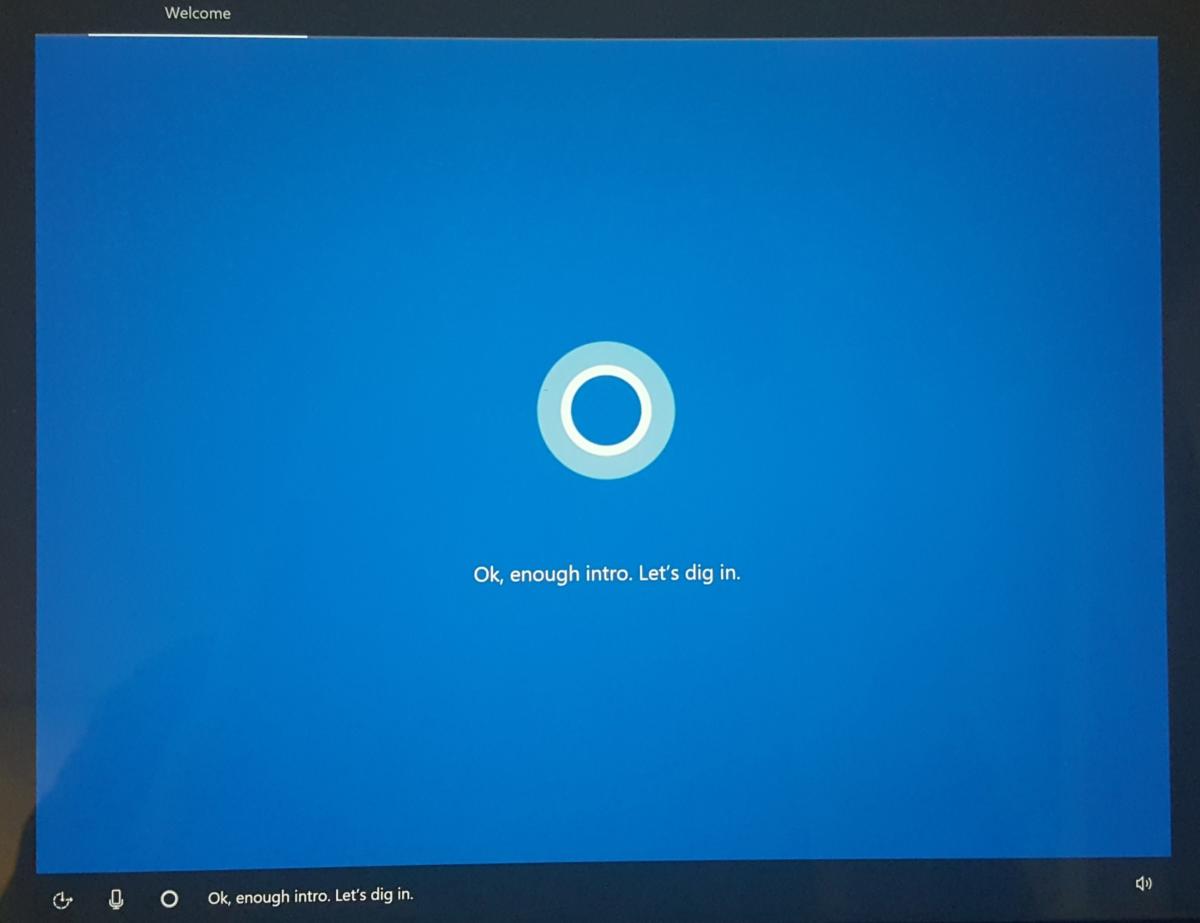 IDG / Mark Hachman
IDG / Mark Hachman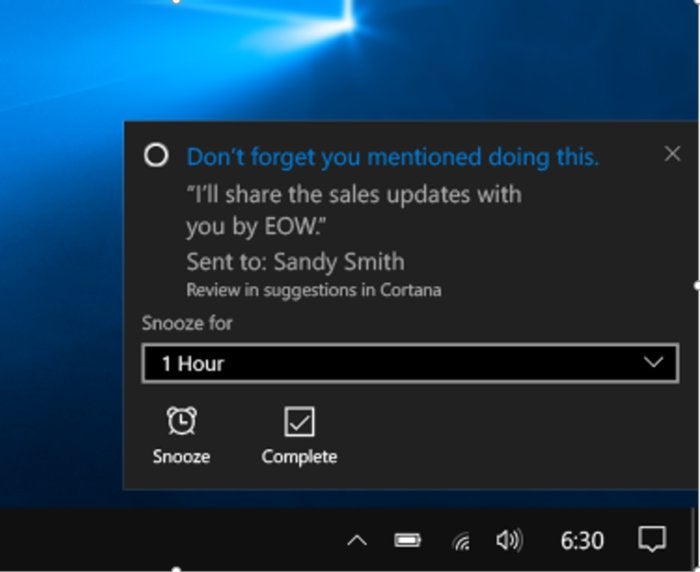 Microsoft
Microsoft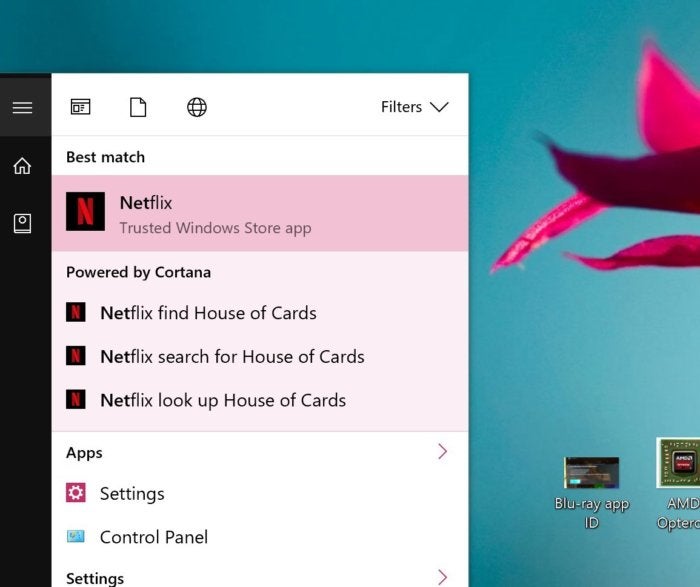 IDG
IDG Microsoft
Microsoft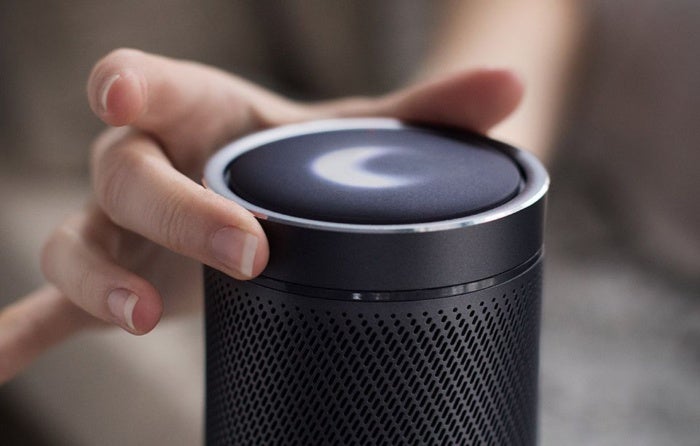 Harman Kardon
Harman Kardon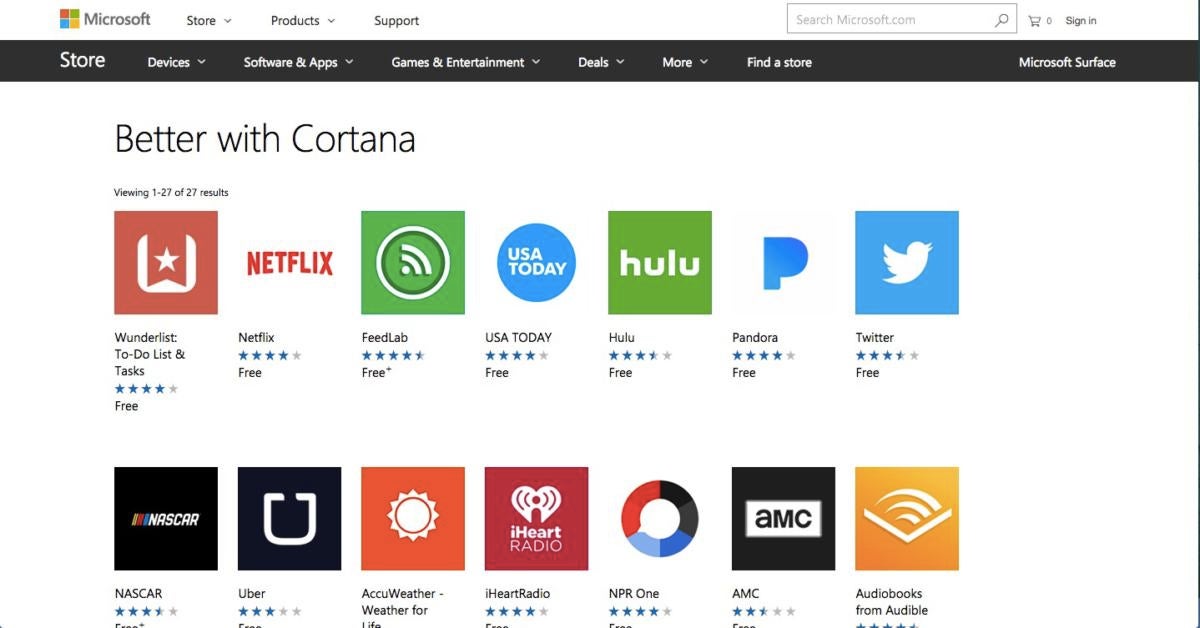 PCWorld
PCWorld



No comments